45 Degree - A Different Angle on Ethernet Cables
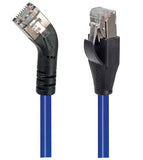
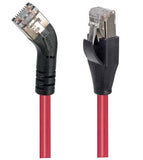
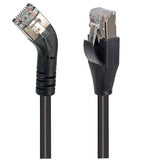
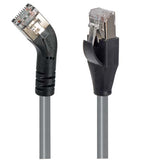
Many IT professionals will have come across right angled cables. L-Com's range of 45 Degree ethernet cables, however, are particularly beneficial for IT departments that utilize high density patching of Ethernet cables. This patent-pending design reduces cable stress and provides patch cables that have a clean appearance without restricting access. L-com’s exclusive 45 degree design efficiently transitions network cabling to the rack sides. These angled, low profile cables also make it easy to horizontally stack connectors. L-com’s commitment to cable performance means that IT professionals can be confident their network cables are providing optimum performance.
These are arguably the neatest data center cabling solution available today. When used with the high density Ethernet ports that are common on switching gear and patch panels, these cables will be easy to latch or unlatch. This will help to eliminate human error when removing plugs from ports.
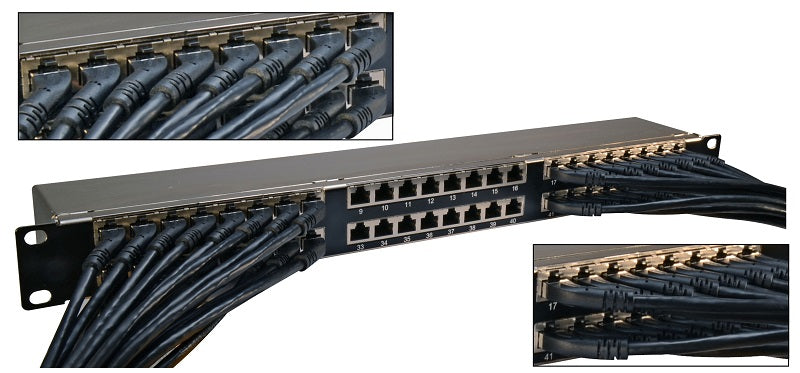
An additional advantage of these cables is that they are available in a variety of colors: blue, black, gray and red. This allows IT professionals to distinguish between different cable functions and avoid the use of near-illegible labels. In a professional business, order and organization help you look professional and knowledgeable, as well as showing that you take pride in your work. All in all, a neat server room with neat patch cables are quicker to trace, quicker to recognize and thus makes you more efficient at the end of the day.
L-com’s 45 degree angle patch cables feature a specialized channel separator and load bar to achieve true Cat5e and Cat6 performance at an affordable price.
Do you have any other questions about L-Com's Ethernet Cable range? Please call or email our techsales team. They will be glad to help!
